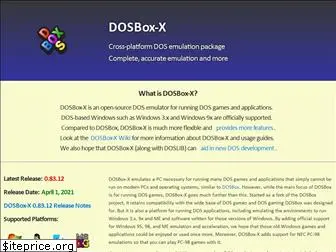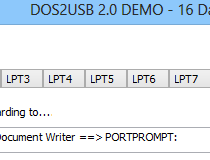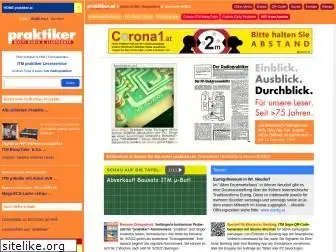

I’m going to create the swap partition on the USB drive, because I’m uncomfortable with the message I get about reformatting the swap partition on the hard drive. In these instructions, you’ve written that creating the swap partition on USB drive is optional. Once the installation complete, restart your computer and boot with the ‘Ubuntu To Go’ USB drive and enjoy!
#Dos2usb startup install
When everything’s done, click Install Now and confirm to format the partitions (Pay attention on which partitions to be formatted).Ĭlick continue and finish the wizard.



IMPORTANT: For Windows 8 pre-installed machine, you have to disable “fast startup” and “secure boot” features. Plug in the bootable USB drive to your computer and boot into the Live Ubuntu system.
#Dos2usb startup code
More code pages supports are under development.įree Email notification to the Registered user for new version.If you need more hints, follow this screenshot tutorial to create bootable Ubuntu Live USBĢ. Currently Code (OEM), Code (ANSI - Latin1) and Code (Hebrew) supported.
#Dos2usb startup driver
Print complex jobs to legacy printers in DMP Print mode (including drawings and graphics) without going through the Windows driver and without changing the original jobs.īuilt in Code Page Supports. Microsoft Fax - or a multifunction - all-in-one - printer)
#Dos2usb startup software
Send the print jobs via fax (using any third-party fax software acting like a printer - i.e. DOS2USB extends the printing ability of DOS programs by capturing MS-DOS print jobs and redirecting them to windows printer irrespective of their types including USB Printers, Network Printers, Print-Servers, as well as PDF-printers too! The job redirection works even if a printer is physically connected to the captured port, on any PC running Windows 95, 98, ME, NT, 2000, XP, 2003 and Linux (via Wine). Presently many laser and inkjet printers have powerful features but come with connectivity to only USB ports which DOS applications cannot access. MS-DOS based applications are designed to print on character mode printers.


 0 kommentar(er)
0 kommentar(er)
